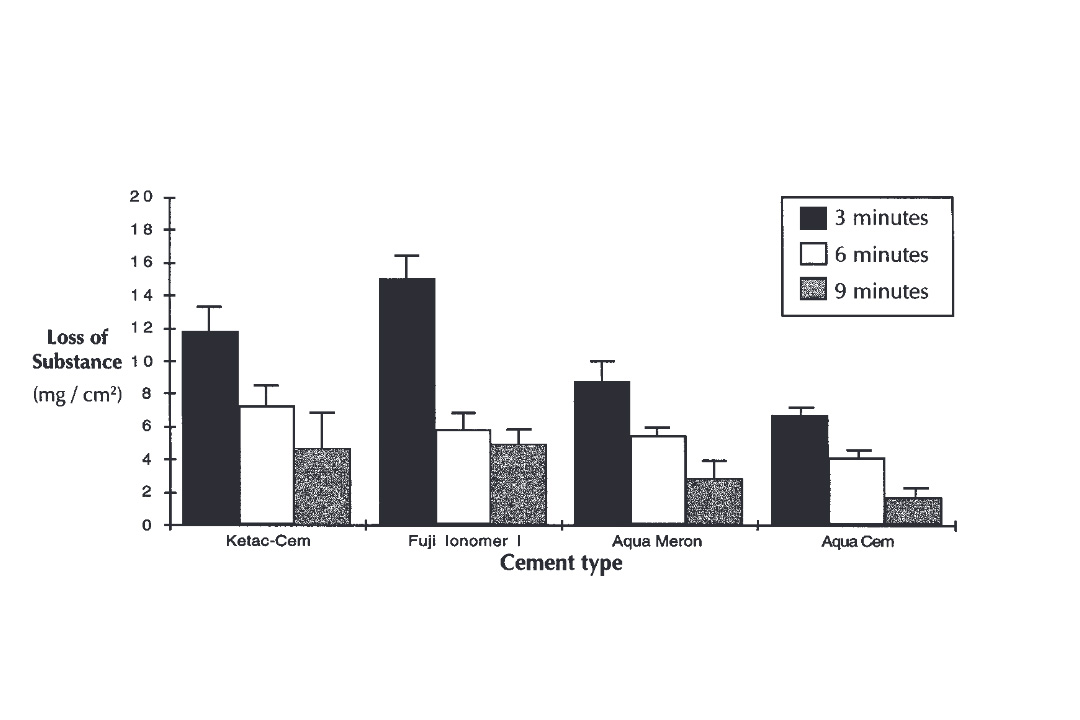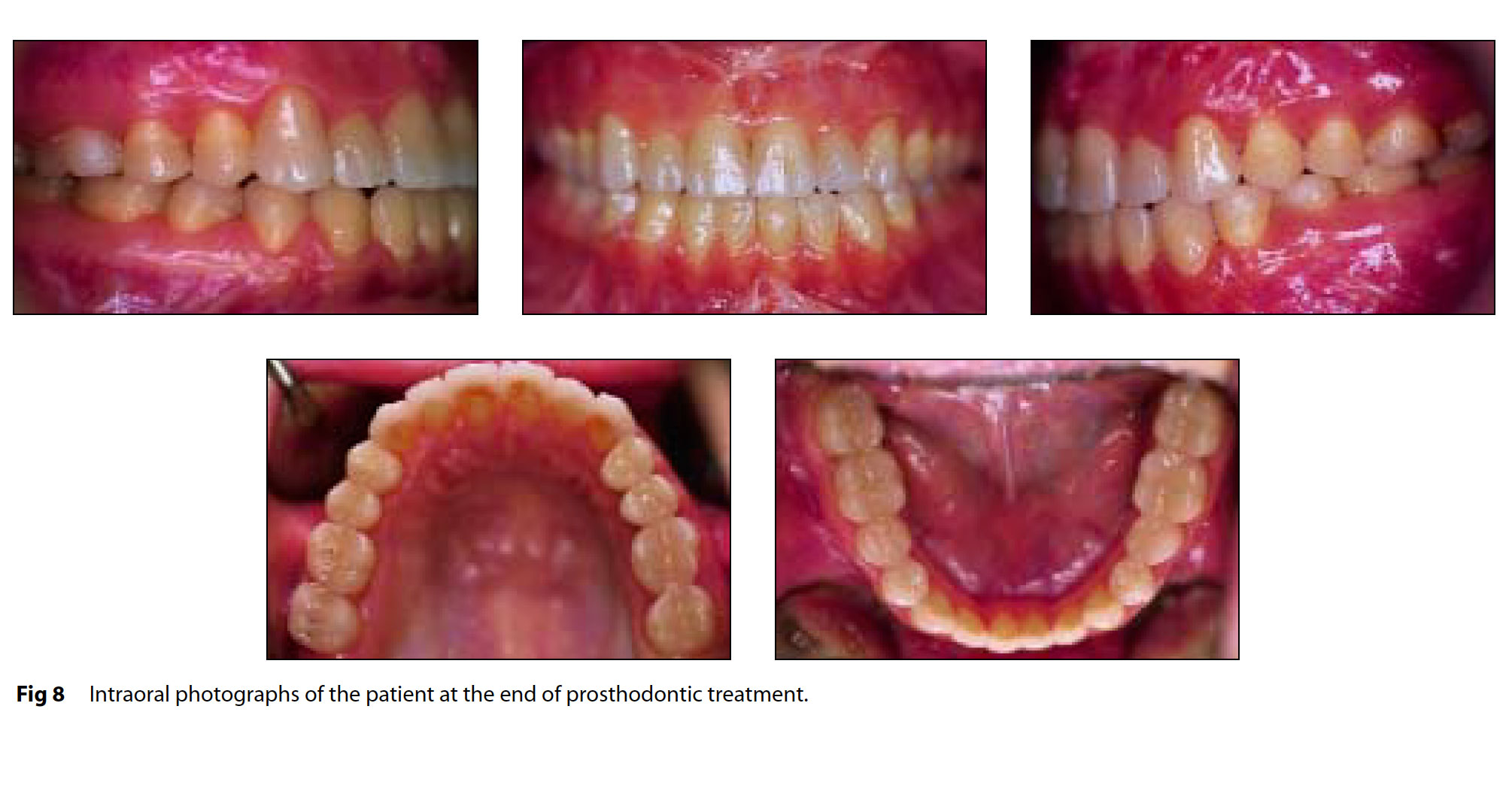
Fracture resistance of ceramic veneers with different preparation designs
Haziran 1, 2011
Effect of early water contact on solubility of glass ionomer luting cements
Aralık 27, 2018Deniz Gemalmaz 1 , Cornelis H Pameijer, Mark Latta, Ferah Kuybulu, Toros Alcan
PMID: 22007219 PMCID: PMC3189560 DOI: 10.1155/2012/831508
Free PMC article
Abstract
The purpose of this study was to evaluate the disintegration of luting agents. An intraoral sample holder was made having four holes of 1.4 mm diameter and 2 mm depth. The holder was soldered onto the buccal surface of an orthodontic band, which was cemented to the first upper molar in 12 patients, average age 26 years.
The holes were filled with a zinc phosphate (Phosphate Kulzer), a glass ionomer (Ketac Cem), a resin-modified-glass ionomer (Fuji Plus), and a resin cement (Calibra).
Impressions were made at baseline, and 6, 12, and 18 months from which epoxy replicas were made, which were scanned with an optical scanner. Total volume loss was calculated.
The rank order of mean volume loss was as follows: Phosphate cement > Ketac Cem = Fuji Plus = Calibra. Cement type and time had statistically significant effects on volume loss of cements (P < 0.001). Under in vivo conditions, zinc phosphate cement disintegrated the most, whereas no significant difference was observed for glass ionomer and resin-based cements. As intraoral conditions are considerably less aggressive than experimental laboratory conditions, the erosion behavior of glass ionomer cement was found to be similar to the resin-based cements in contradiction to previous laboratory results.

See this image and copyright information in PMC Figure 1 Cement holder (a) at baseline; (b) after 6 months; (c) after 12 months; and (d) after 18 months. Cements were placed in uniform cylindrical openings. In sequence from left to right are zinc phosphate, glass ionomer, resin-modified glass ionomer, and resin cement.



